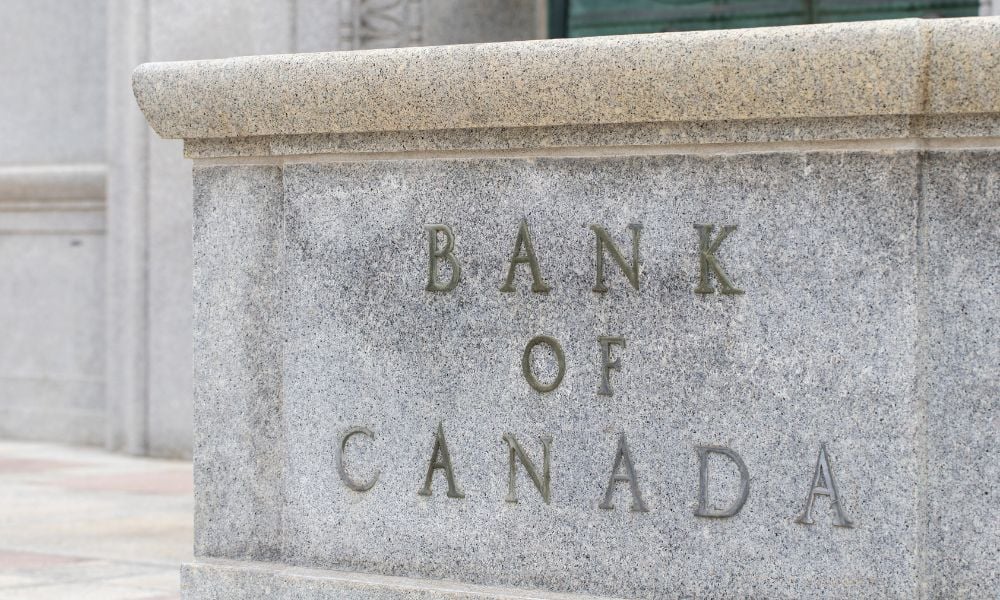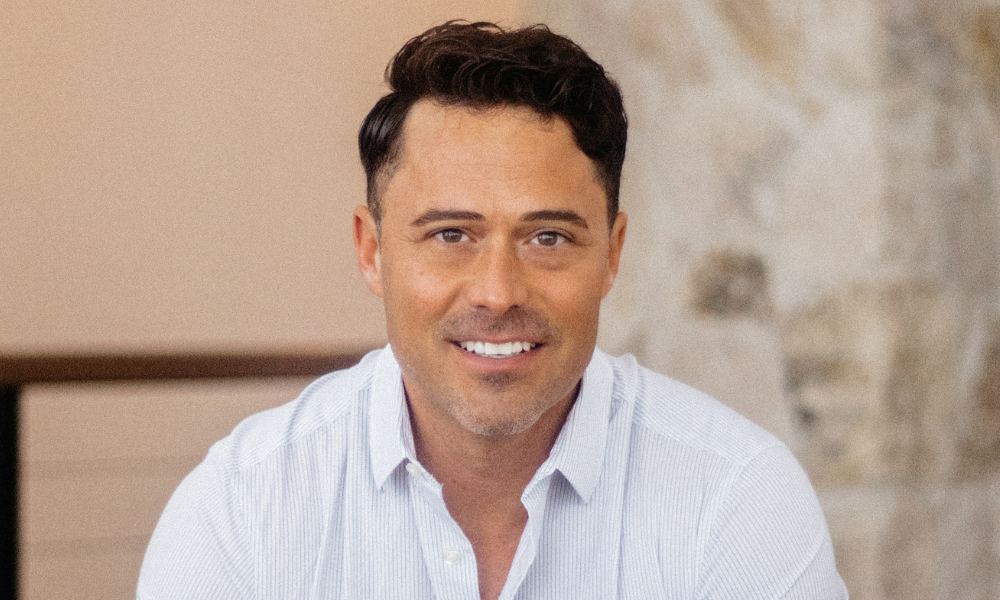CEO on 'meme stocks' and why his firm's structured outcome product suite can help and educate new investors

Everything in moderation. It’s a phrase we tell ourselves – and our kids – ad nauseam, whether it’s aimed at our chocolate consumption, alcohol intake or reliance on lockdown coffee.
It’s a message Michael Loukas remembers his grandma drilling into him and a mantra some of the Reddit investors might want to take on board.
The CEO and Principal of TrueMark Investments told WP that the current surge in “meme stocks” and the apparent war being waged on Wall Street by the Reddit chatroom investors is a “tricky spot” for the keyboard warriors to be in.
Retail investors appear to be driven by the need to let major hedge funds know they can’t have it all their own way. In short, they want to stick it to the man. Technological advancements have propelling the movement; the scale is staggering.
Loukas said that, historically speaking, a large spike in retail investors and day trading has never been a good sign but that their participation in significant volatility near the top of the market has always happened.
“Here’s the problem and where that goes out of the window [this time]," he said. "History hasn't really been repeating itself. The tough part about the markets these days is taking that historical context and knowing when to throw it out.
“The reality is that if we've learned anything in the past 12 months, it's that there is a ‘new normal’. I know that's the buzz phrase, but for me, there's been a paradigm shift in the digitalization of the economy.”
At what point do we acknowledge that maybe the historical context doesn’t apply anymore? Loukas said investment professionals must identify what is temporary or a fad, and understand how to incorporate those events or phenomena into portfolio construction.
Loukas added: “It’s a wild ride. If you are a student of Wall Street history or investment history, you think, ‘okay, it's only a matter of time before Wall Street figures it out and understands how to account for it’.
“But if you're a student of the past 12 months, you also know there's a chance that maybe it's a paradigm shift in what access to the markets has really done. Certainly, we had day traders 20 years ago, at the top of the first dotcom bubble, but it wasn't like this because the information flow wasn't as readily available for people to collude.
“We’ve got a different phenomenon now and I don't know where it's going to go but I think all is fair in investing.”
The CEO is opposed to these investors being shutout, as happened when Robinhood put a temporary block on certain stocks, but he does urge new or younger investors to understand buy-and-hold strategies in addition to the speculative “lightning in a bottle" trades. That comes down to understanding risk tolerance and TrueMark believes its suite of structured ETFs can help investors fortify their portfolio.
On March 1, it launched MARZ, the ninth ETF in its structured outcome product suite. The TrueShares Structured Outcome (March) ETF is sub-advised by SpiderRock Advisors and seeks to provide investors with structured outcome exposure to the S&P 500 Price Index.
According to a release, MARZ’s structure allows for the potential of an asymmetric return profile. The fund aims to provide investors with returns (before fees and expenses) that track the S&P 500 Price Index, while seeking to provide a buffer of 8-12% on that index’s losses over the fund’s one-year investment period. “In practice, the fund adviser will target the buffer at 10% of index declines over the investment period following the first day of trading while also allowing for uncapped upside participation. MARZ’s expense ratio is 0.79%.”
Loukas said: “It’s an intelligent way to give yourself participation in the S&P 500. Most people talk about this as volatility management, or buffering strategies, so they're given the downside protection and they're giving you some upside, even the underlying equity exposure.
“Like I said before, everything in moderation, you definitely want to be able to set it and forget it; you want to be able to let it run, because the S&P 500 has shown propensity to work out well if you let it run for a long time.
“But the question is, what if? What if you have an outlier? What if you have an anomaly? What if you have 12 months like we've just had where everybody thought the world was going to end? And then it abruptly turned around and had one of the greatest rallies in the history of markets? How do you account for that?”
TrueMark uses a bullish risk reverse approach and focuses on the good volatility rather the bad. Loukas said a 10% downside protection is about right according to the data, while the upside is uncapped.
He added: “It give investors some downside protection, so manages that volatility. But it also allows for that outlier of a year where you've got a 35% and you're not getting capped at 16. That’s so much more powerful than a market that's up 10 where you're returning eight instead of 10.”



